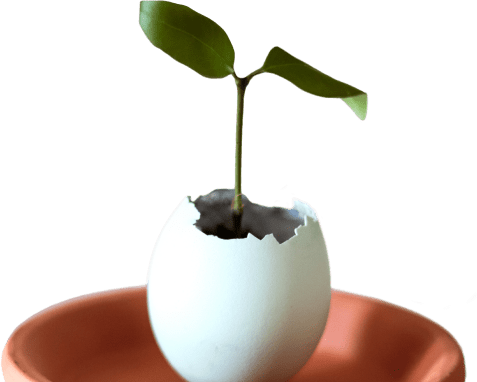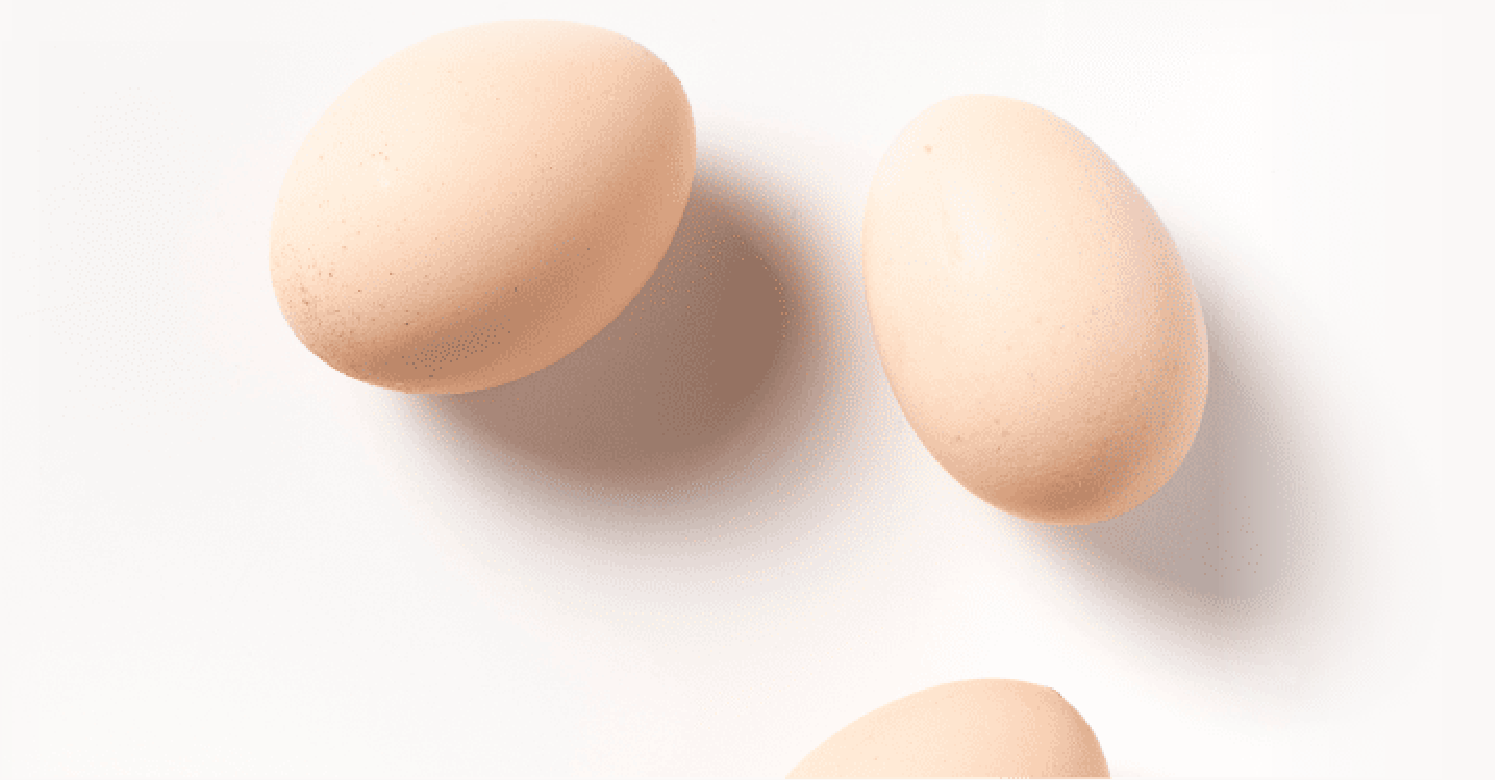In order to optimize their chance of having a successful, healthy pregnancy, many patients elect to pursue genetic testing to ensure the most successful procedure and to increase their chances of having a healthy baby. There are three types of genetic testing commonly obtained at Spring Fertility:
Preconception Genetic screening (before trying to conceive)
What it is: This is a blood test performed before undergoing treatment or trying to get pregnant. The goal is to see if you and your partner carry any recessive genetic traits that could cause severe illness in your child, if you both have the same one. There are diseases that cause death or severe disability in children with two copies of an abnormal gene, but cause no symptoms in an adult if they only have one. Many of us don’t know if we carry these traits. About 40% of our patients test positive for one and then we test their partner to see if they carry the same gene.
How it helps: Rarely, both partners carry the same recessive mutation (like cystic fibrosis). If you each carry a mutation for the same gene, we can use PGD (Pre-implantation genetic diagnosis) to ensure that you do not have a child that is born sick with the disease.
Preimplantation Genetic testing (before embryo transfer)
What it is: This is testing performed on the embryo before transferring it in order to make sure the embryo is healthy. There are two types of preimplantation genetic testing procedures, Preimplantation Genetic Screening (PGS) and Preimplantation Genetic Diagnosis (PGD). Both involve embryo sampling, where 1-5 cells of an embryo are delicately removed in order to test if the embryo is healthy. The sample is usually taken on Day 5 or day 6 of development when the embryo is called a blastocyst.
How it helps: Testing embryos can identify and prevent chromosomal abnormalities that lead to miscarriages or Downs Syndrome, or lethal mutations that cause severe illness or death in babies.
Preimplantation Genetic Screening (PGS)
What it is: This is the most common genetic testing procedure on embryos. This is for patients without any known genetic diseases. A few cells are sampled from each embryo and tested to determine if it has 46 chromosomes (the healthy and normal number). Because we test for all 23 pairs for chromosomes, PGS is also referred to as Comprehensive Chromosome Screening. Embryos with the correct chromosome number are called “euploid.”
How it helps: The goal of PGS is to increase the chance of pregnancy with each embryo transfer and reduce the risk of miscarriage. Since PGS screened embryos have such a great chance of success, we only put back one at a time, making it most likely that patients will have one baby at a time, (rather than twins or triplets). Once we have a euploid (chromosomally normal) embryo to transfer, age is virtually eliminated as a factor for success. Although older women have fewer and sometime no chromosomally normal embryos, those that do have the same or better success rates as a young woman doing IVF. Euploid embryos have over a 50% chance of having a live birth with only a single embryo transferred. Similarly, these pregnancies have very low miscarriage rates, despite the intended mother’s age.
Preimplantation Genetic Diagnosis (PGD)
What it is: PGD refers to testing embryo of parents with a known genetic disease. PGD is performed in cases where one or both parents are known to carry severe mutations that can result in disease or disability in their offspring. In these cases embryos are created and tested to see if they carry the disease.
How it helps: Two parents carrying the same mutation have a 25% chance of having a severely sick baby. Instead of waiting to find out if their pregnancy is affected by an invasive procedure 14 weeks into your pregnancy, PGD allows families to make sure that only healthy embryos are transferred back to the intended mother.


